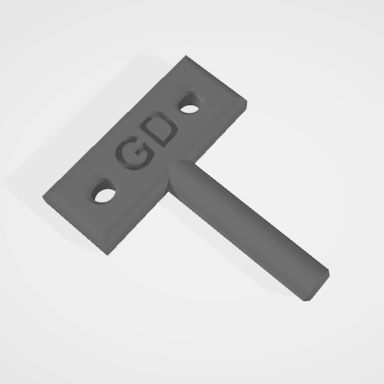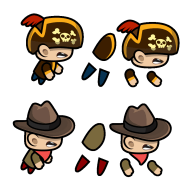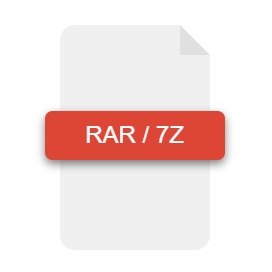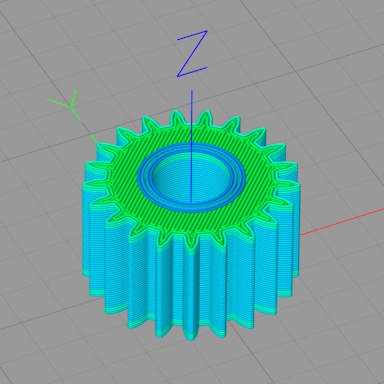| Extension | STP |
| Full Name | STEP-File |
| Type | 3D Model |
| Mime Type | application/octet-stream |
| Format | Text |
| Opens With | CAD Assistant |
STP files are a 3D file format used to store complex 3D object definitions in a standard format to facilitate data transfer between compatible 3D modelling and CAD (Computer Aided Design) applications. In addition to storing 3D object data, the STP format can store additional information such as materials, tolerances, and other relevant data.
The STP format was first released in the early 1990's, has become a standard for 3D object storage, and is used in automotive, electronics, and other industries. STP files can be opened in most modern CAD applications and can be imported into many 3D modelling applications too.
The file content is ASCII text-based and conforms to the ISO-10303-21 standard. The 3D object contained within the STP file is described using a combination of points, lines, and edges. Due to the format being ASCII text, complex objects can lead to large file sizes. In addition to large file sizes, some complex STP files can take a long time to open within editing applications, even on a high-spec, modern computer.
STP Converter Capabilities
When converting 3D model or mesh files using our STP converter, we will attempt to convert colour materials into a suitable format for use in the converted file.
The STL, or Standard Triangle Language, file format has been around since the '80s and is supported by most modern 3D modelling applications. In particular, the STL format has become something of a standard format within the area of 3D printing, despite the rise of more modern formats such as 3MF.
STL files come in two flavours: binary or text format. The text format is human-readable, making it easy to perform manual edits, but can lead to very large file sizes. As you can imagine, the binary format is much more compact and represents the majority of the STL files you are likely to encounter.
The format itself is very simple; the 3D model is represented by a sequential list of triangles, with each triangle defined with 3 points consisting of their X, Y, and Z positions, along with an additional vector that contains the face normal (the direction the face is pointing). There is an additional attribute block for each triangle; however, this is largely unused and thus unsupported.
STL Converter Capabilities
When converting your STP to STL, our tool will attempt to accurately convert any colour or material information.









